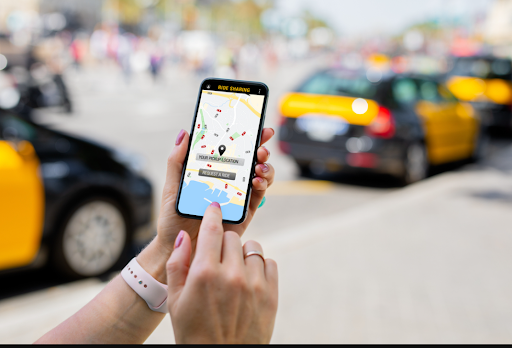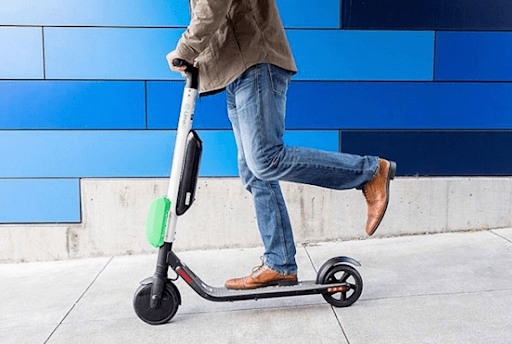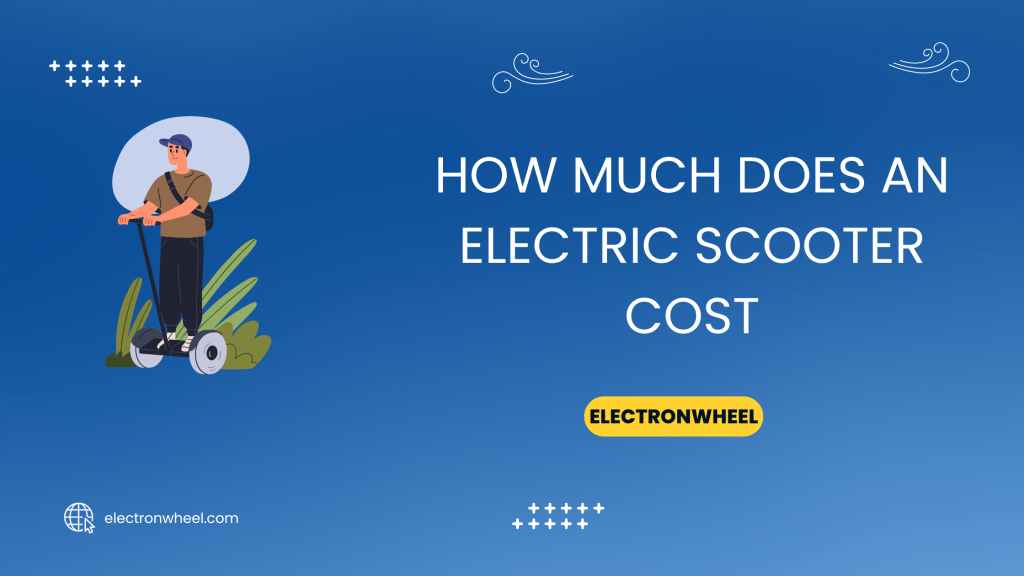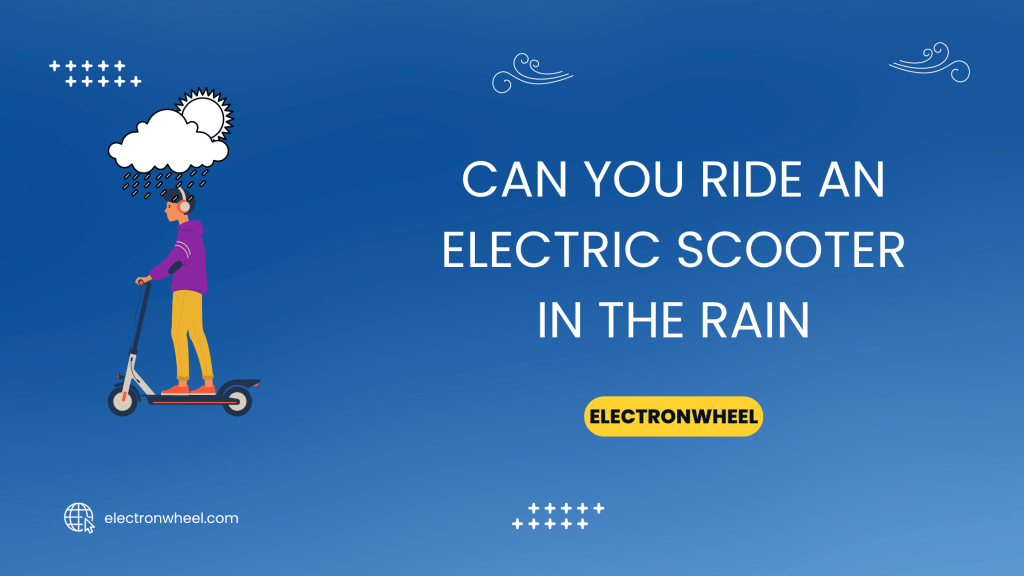This post contains affiliate links, we'll earn compensation if you make a purchase using them at no additional cost to you 😊
People who travel every day have this question often which is the fastest way to commute: Rideshare, Subway, or Scooter?
The first and most important factor to take into consideration is your time and the availability of the commuting option around you.
People who live closer to a subway can quickly get on a train and travel to any destination they want in lesser time.
However, people living in small cities where subways don’t exist can simply opt for popular options like electric scooters for a faster and swift commute.
There are more things to consider when deciding which is the faster and ideal option for you, between rideshare, subway, or a scooter. Hence, let’s quickly learn about them in the article below.
Ridesharing, Subway, or Electric Scooter: What is faster?
For a few years, especially after the COVID outbreak, ridesharing has been a less approached way to commute. People are giving more preference to self-driving, which is a way of protecting themselves from getting the infection.

The ridesharing businesses also have leaned towards food and grocery delivery services more than ridesharing. However, whether ridesharing is better or driving yourself is still unsolved.
Although they can cost more than twice as much, rideshares can often be faster than waiting for a bus or subway, and they indeed address the parking problem.
Understanding how ridesharing services have affected public transit networks by replacing them rather than improving them if you’re worried about how your ride will affect the environment is crucial.
For many commuters, the ease and comfort of ridesharing may outweigh the price. However, it can still be an expensive alternative when considering the amount of inactive time one spends getting to and from work.
There are many rideshare services, so getting in a vehicle to get you wherever you go is alluring. But on the way there, you’ll still have to deal with the same traffic jams as everyone else on the road.
Other Ways of Public Transport
Cities worldwide have rapidly updated or modified their public transport systems in response to the Covid problem to accommodate the demands of key workers, healthcare providers, and food delivery companies.

Early research suggests that as long as passengers wear masks and follow social distance rules, transmission risks associated with using the bus or train for short commutes are lower.
The safety of a ride, however, depends on everyone agreeing to these rules, which is something that individual passengers cannot easily regulate.
Riders have little control over the timetable or pace of public transit, certainly not in ideal circumstances.
That lack of control can lead to significant issues, as anybody who has experienced waiting for a tardy bus or train agree.
When things are unplanned, a twenty-minute trip may take twice as long. Plus, when it comes to reducing commute time, using public transit also has other issues.

Pros and Cons: Rideshare, Subway, & Scooter
To know which option is the fastest yet ideal between Rideshares, Subway, and Scooter, you can refer to the Pros and Cons given below:
Pros & Cons of Rideshares:
Here are the Pros and Cons of a Rideshare for more understanding.
| Pros | Cons |
| You can book and rideshare like Uber in advance. | You might get stuck in traffic if traveling in a rideshare. |
| You can call the rideshare to pick you up from anywhere. | It could be a little pricey if used regularly. |
| You don’t have to look for a parking spot when using a rideshare. | – |
Pros & Cons of Subway Trains
Here are the Pros and Cons of Subway Trains for more understanding.
| Pros: | Cons: |
| Rideshares will never take you to the wrong destination. | You might have to wait for a longer time if the train gets delayed. |
| It is an easy-to-use service. | It is time-consuming if you have to walk to the subway from a distance. |
| You don’t have to drive, and you can sit relaxed. | – |
Pros & Cons of electric scooters
Here are the Pros and Cons of a Scooter for more understanding
| Pros | Cons |
| Electric scooters are portable and lightweight. | You have to charge it regularly to use it every day. |
| It can easily pass through traffic jams. | They are a bit expensive to buy without thinking thoroughly. |
| It gives you speed to reach in time and faster. | — |
| You can take e-scooters indoors if you don’t get a parking spot. | – |
Related read;
- Best Electric Scooter Rental Services
- Can You Ride An Electric Scooter
- Locking Tips for Electric Scooters
Final Verdict: Which Is The Fastest Way To Commute Ever?
Now, if you compare all three options, which are Rideshare, Scooter, and Subway, I would prefer going on my e-scooter rather than booking a Shared ride or taking a subway.
Simply put, even though Rideshares save you from finding a parking spot, it is a pricey option. Similarly goes with the subway, which might be the fastest option but carries a risk of getting viral infections and consumes more time to get to the subway station.
In contrast, Scooters are compact, easy to carry around, time-saving, and give you enough speed to reach your destination faster.
This pretty much summarizes my verdict on it. However, you can make a clear choice depending on your needs and preferences.
FAQs: Fastest Way To Commute
Electric scooters are compact, lightweight, and foldable, which makes them easier and more convenient to carry around, aligning with offering a comfortable commute.
An electric scooter can cover up to 15 to 20 Miles in an hour, enough to take one from destination A to destination B.
An electric scooter can go about 35-40 Miles on a one-time charge.
Electric scooters don’t only go as fast as cars and motorbikes but are considered to be one of the fastest ways to get around in cities.



